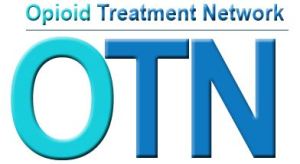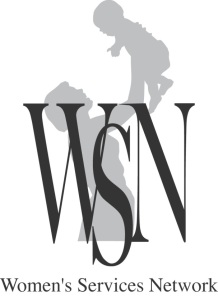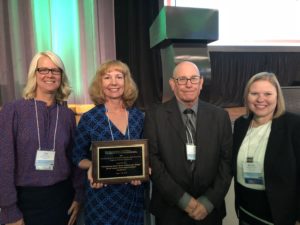2021 SAMHSA & NASADAD Annual Meeting
2021 Annual Meeting, Virtual, June 7, 9-11, 2021
2020 SAMHSA & NASADAD Annual Meetings
2020 Annual Meeting, Virtual, July 13, 15, and 17, 2020
2019 CSAT/CSAP Annual Meeting & NASADAD Annual Meeting
2019 Annual Meeting, Bethesda, MD, June 4-6
2018 NASADAD/CSAT/CSAP Annual Meeting
2018 Annual Meeting, Bethesda, MD, May 21-24
2017 NASADAD/NPN/NTN/WSN Annual Meeting
2017 Annual Meeting, Indianapolis, IN, May 23-26
- 2017 NASADAD Annual Meeting Program
- 2017 Annual Meeting Presentations
- 2017 Hotel Information
- 2017 Sponsorship Opportunities
- 2017 Exhibitor and Sponsor Information Packet
- 2017 Non-Member Registration Form
- 2017 NASADAD Member Registration Form
2016 NASADAD/NPN/NTN/WSN Annual Meeting
2016 Annual Meeting, Salt Lake City, UT, June 8-10
- 2016 Meeting at a Glance
- 2016 Annual Meeting Presentations
- 2016 Award Winners
- 2016 Extended Schedule
- 2016 Exhibitor and Sponsor Information Packet
NASADAD/NPN/NTN Annual Meeting Archives
2015 Annual Meeting, Charleston, SC, June 1-3
- 2015 Agenda at a Glance
- 2015 Annual Meeting Presentations
- 2015 Award Winners
- 2015 Exhibitors and Sponsorhip Information Packet
2014 Annual Meeting, Omaha, NE
2013 Annual Meeting, Bethesda, MD
2012 Annual Meeting, Savannah, GA
2011 Annual Meeting: Indianapolis, IN, “Racing to the Future: Embracing Quality and Improving Performance”
- 2011 Annual Meeting Program
- 2011 Annual Meeting Presentations
- Evaluation of 2011 NASADAD Annual Meeting
2010 Annual Meeting: Norfolk, VA, “Fostering Success in an Evolving Health Care Environment”
2009 Annual Meeting: Syracuse, NY, “Managing and Leading Through Challenging Fiscal Times: Opportunities for Innovation”
2008 Annual Meeting: Montgomery, AL, “Prevention and Treatment Services in Support of Recovery Oriented Systems of Care”



